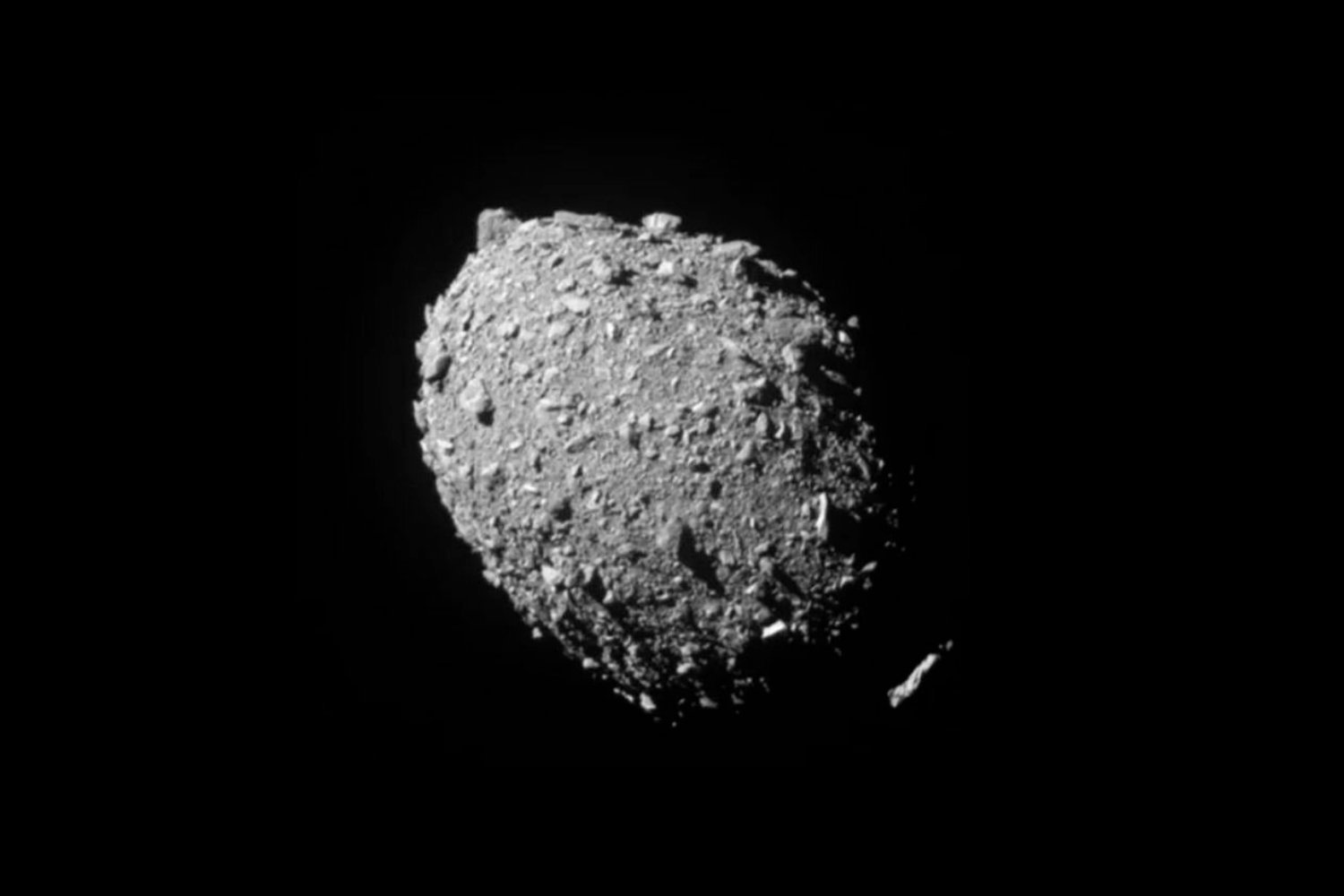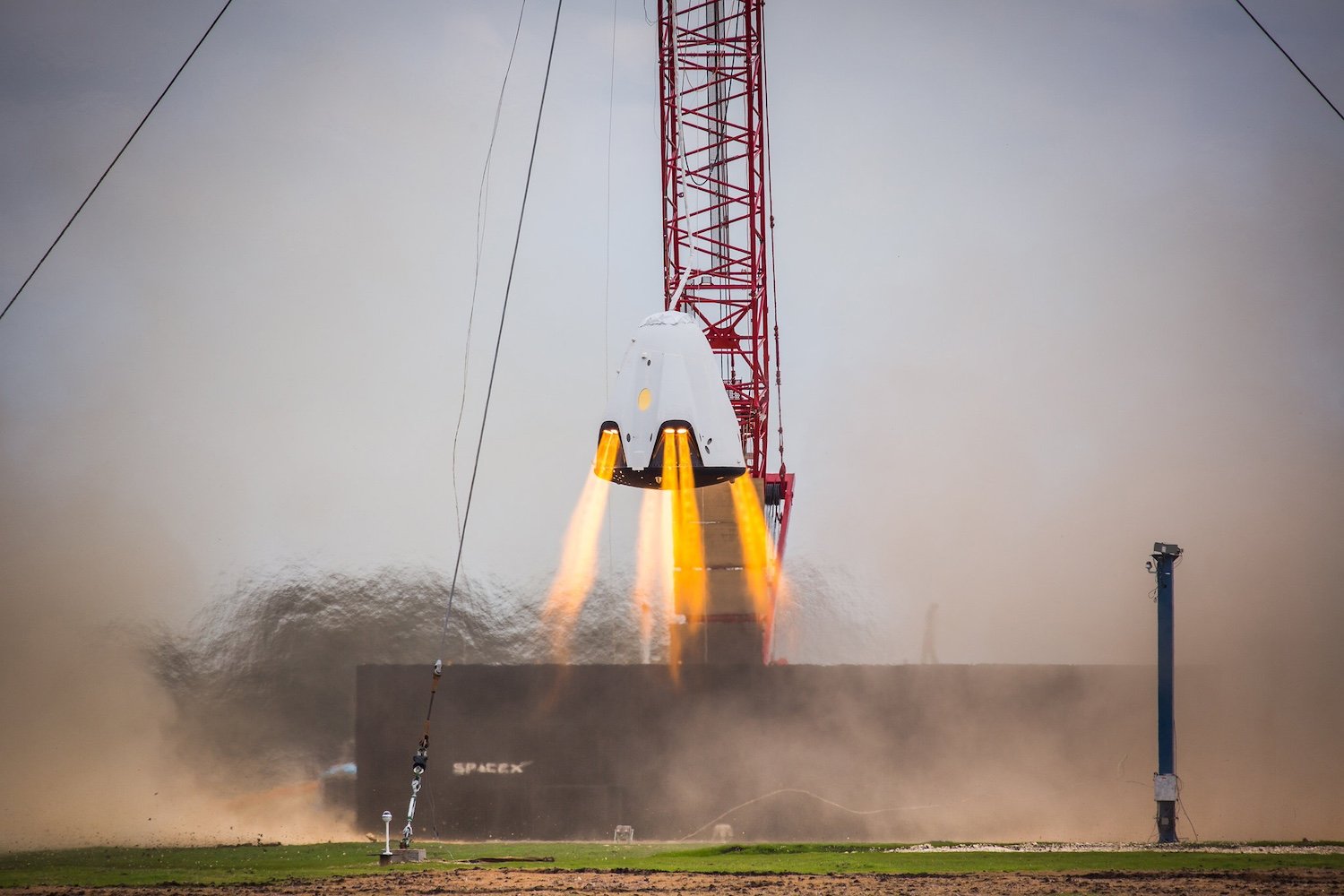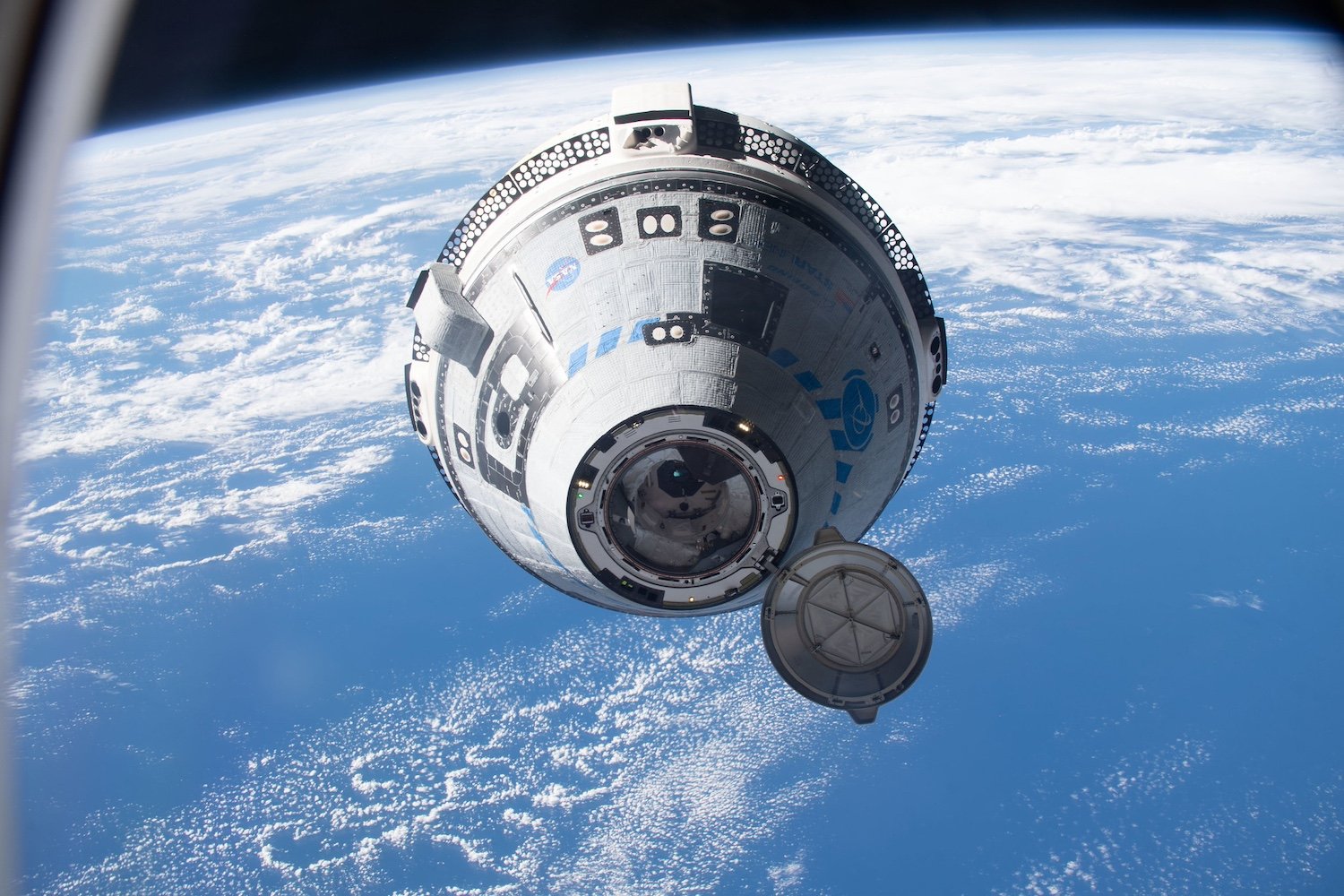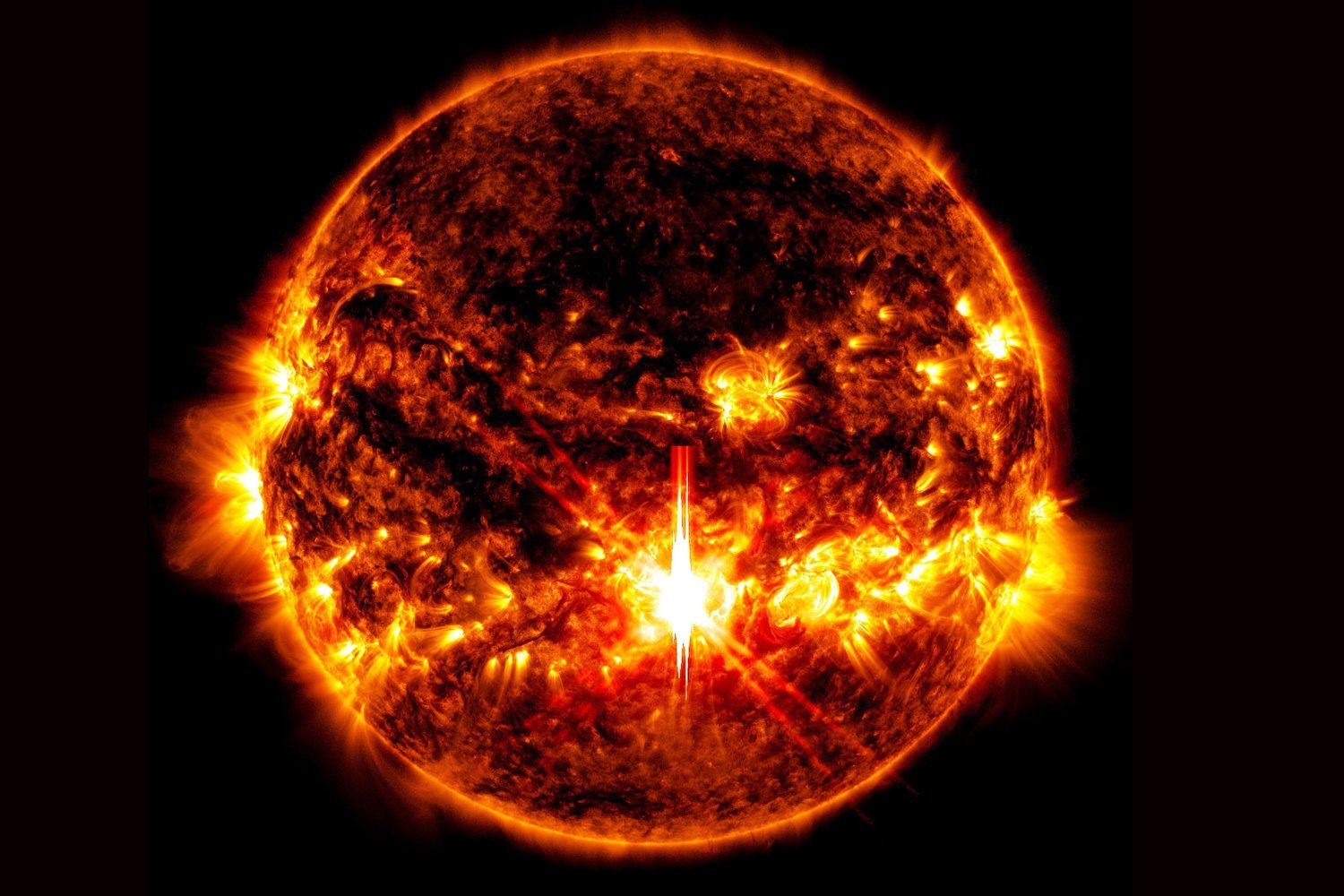China’s first reusable satellite, Shijian-19, successfully returned to Earth after a two-week orbital mission focused on plant mutation experiments. The landing occurred at the Dongfeng site near the Jiuquan Satellite Launch Center in the Gobi Desert at 10:39 p.m. ET on Thursday, October 12 (10:39 a.m. Beijing Time on Friday, October 13), according to the China National Space Administration (CNSA). This mission marks a significant step in China’s space program and its efforts to enhance agricultural practices through space-based research.
Space Breeding and Technological Advancement
The Shijian-19 mission carried various payloads, including seeds from diverse locations, to investigate plant and microorganism breeding in the unique environment of space. Upon landing, all payloads were retrieved for further analysis. CNSA emphasized the multifaceted nature of the mission, highlighting its focus on space breeding, new technology verification, and space science experiments. The agency stated that the mission aimed to “promote the development and application of new space technologies.” Furthermore, the satellite carried international cooperation payloads, solidifying its role as a “good platform to promote international space cooperation,” according to CNSA.
Addressing Food Security Challenges
China’s increasing focus on space-based agriculture stems from growing concerns about food security in the face of limited land and water resources. Exposing seeds to the harsh conditions of low Earth orbit, including radiation, can accelerate genetic mutation in plants. This process has the potential to develop more resilient and productive crop varieties, contributing to long-term food security solutions.
A Reusable Platform for Space Research
The Shijian-19 satellite represents a significant advancement in reusable spacecraft technology. While this mission utilized a short-term configuration designed for a two-week orbital stay, CNSA is developing a long-term version capable of extended missions. The long-term design will incorporate solar arrays on its propulsion and power modules and possess a larger payload capacity, ranging from 500 to 600 kilograms, according to SpaceNews. This reusable design allows for more cost-effective and flexible space research.
Expanding China’s Space Ambitions
This successful mission underscores China’s growing ambitions in space exploration. From plans for a lunar habitat to deep space missions and an increasing presence in low Earth orbit, China is steadily advancing its space capabilities. The Shijian-19 satellite and its focus on plant mutation research contribute to these broader goals, showcasing the country’s commitment to leveraging space technology for scientific advancement and practical applications.
Conclusion
The successful return of Shijian-19 marks a significant achievement for China’s space program. This mission not only advances reusable spacecraft technology but also highlights the potential of space-based research to address critical challenges like food security. As China continues to expand its presence in space, the Shijian-19 mission serves as a testament to the country’s commitment to innovation and international collaboration in space exploration. The development of more resilient and productive crops through space breeding holds promising implications for the future of agriculture.










